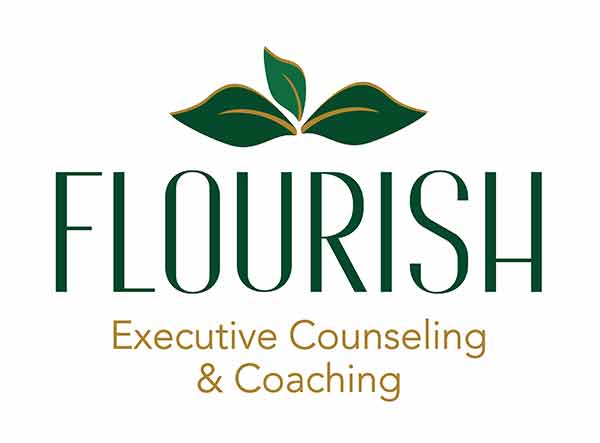Bridging the Boardroom Divide: Essential Strategies for Executive Communication
Common Roadblocks, Building Bridges.
In the executive arena, communication is essential. It fuels collaboration, inspires teams, and drives impactful decisions. But with demanding schedules and diverse viewpoints, even the most seasoned leaders can face communication challenges within their own walls. So, how do you navigate the complexities of workplace communication and ensure your message resonates with colleagues, board members, and stakeholders? Here are common roadblocks that often hinder communication effectiveness along proven methods to master the skills for communicating with your team.
Common Roadblocks: When Misunderstandings Muddy the Waters
- The Information Avalanche: The modern workplace overflows with emails, reports, and instant messages. This information overload can lead to missed details, misinterpretations, and a feeling of constant bombardment. To break through the noise, leaders need to prioritize clear, concise communication – focusing on key points, using visuals, and ensuring messages reach the right audience.
- The Silos of Dissonance: Different departments often operate in their own communication bubbles, leading to misunderstandings and missed opportunities for synergy. Breaking down these silos requires active cross-functional communication, encouraging open dialogue, and fostering a culture of collaboration where information flows freely.
- The Ego Echo Chamber: When leaders get trapped in “knowing-it-all” mode, their communication can become dictatorial and demotivating. Effective leaders embrace open communication, listen attentively to diverse perspectives, and foster an environment where constructive feedback is encouraged.
Building Bridges: From Misfires to Masterful Communication
- Clarity is King: Articulate your thoughts and objectives with precise language. Avoid jargon and ambiguity, ensuring your message is readily understood by your audience.
- Active Listening: The Unsung Hero: Attentively listen to your colleagues, board members, and stakeholders. Pay attention to their verbal and nonverbal cues, ask clarifying questions, and demonstrate genuine interest in their perspectives.
- Empathy, Walking in Their Shoes: Consider the different viewpoints and concerns your audience might have. Tailor your communication accordingly, addressing their needs and demonstrating understanding.
- Feedback, The Gift that Keeps on Giving: Foster a culture of open and constructive feedback. Be receptive to input from others and use it to refine your communication strategies to adapt your message to resonate more effectively.
- The Power of Storytelling: Connect with your audience on an emotional level by weaving narratives into your communication. Use real-life examples, data-driven insights, and compelling anecdotes to grab attention and make your message memorable.
- Remember, communication is a continuous process, not a one-time event. By incorporating these strategies into your leadership approach, you can build bridges across the boardroom divide, foster a more engaged and collaborative environment, and ultimately pave the way for greater success.
Executive Coaching Enhances Communication with Key Stakeholders
Flourish Executive Counseling and Coaching is here to help. Angela Sasseville is an experienced executive coach who has empowered high achieving leaders for 20 years. She coaches executives to develop their communication skills, build trust within their teams, and navigate the complexities of workplace interactions.
Contact her today to schedule a consultation and unlock the power of masterful communication.

